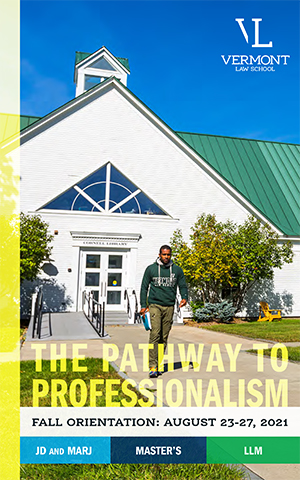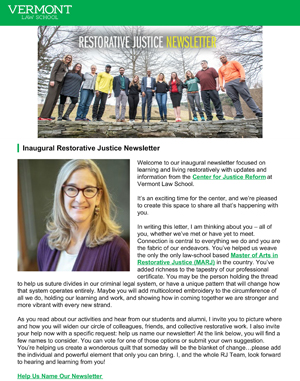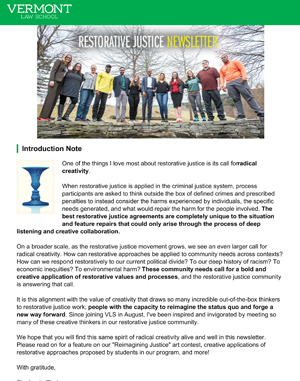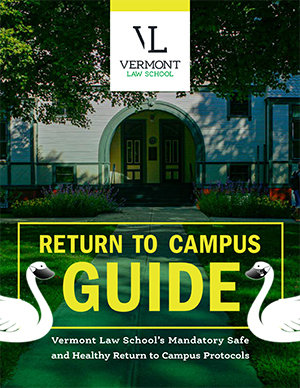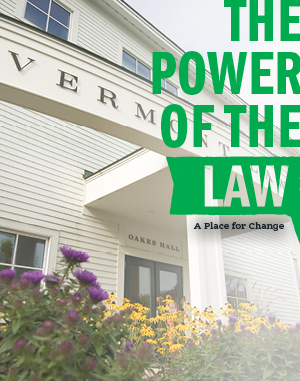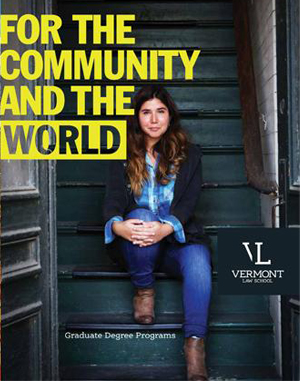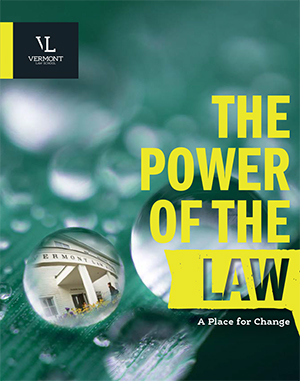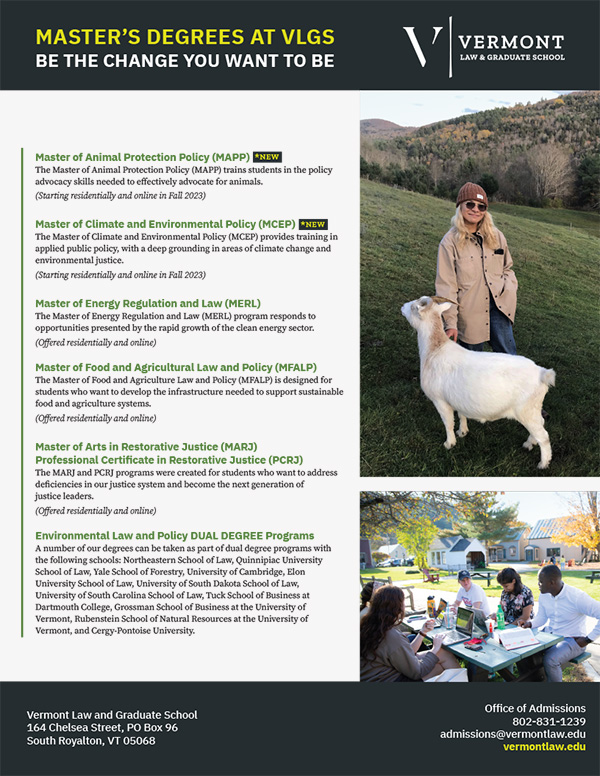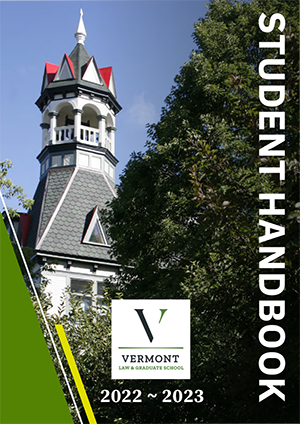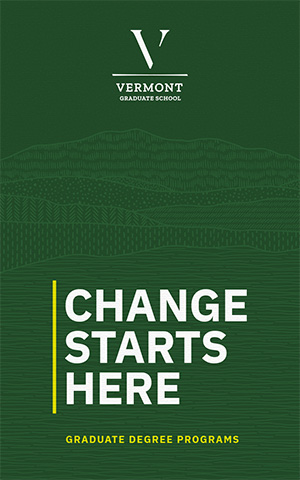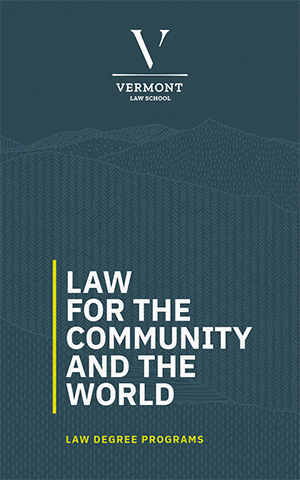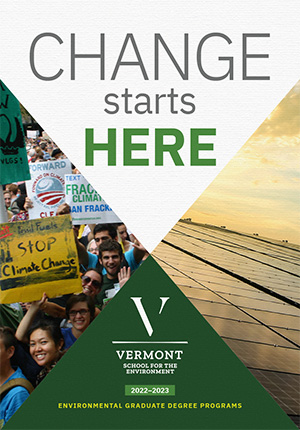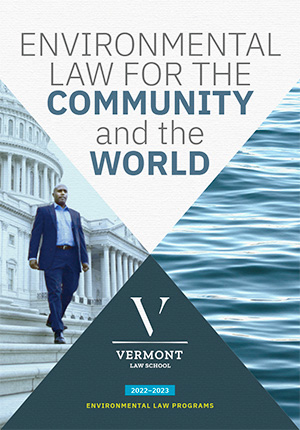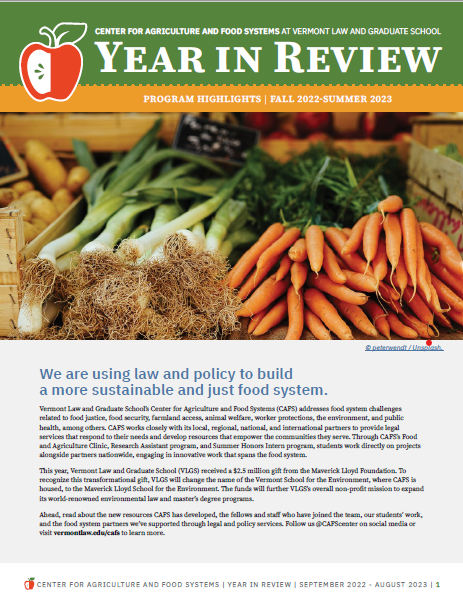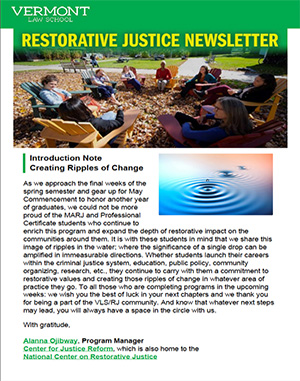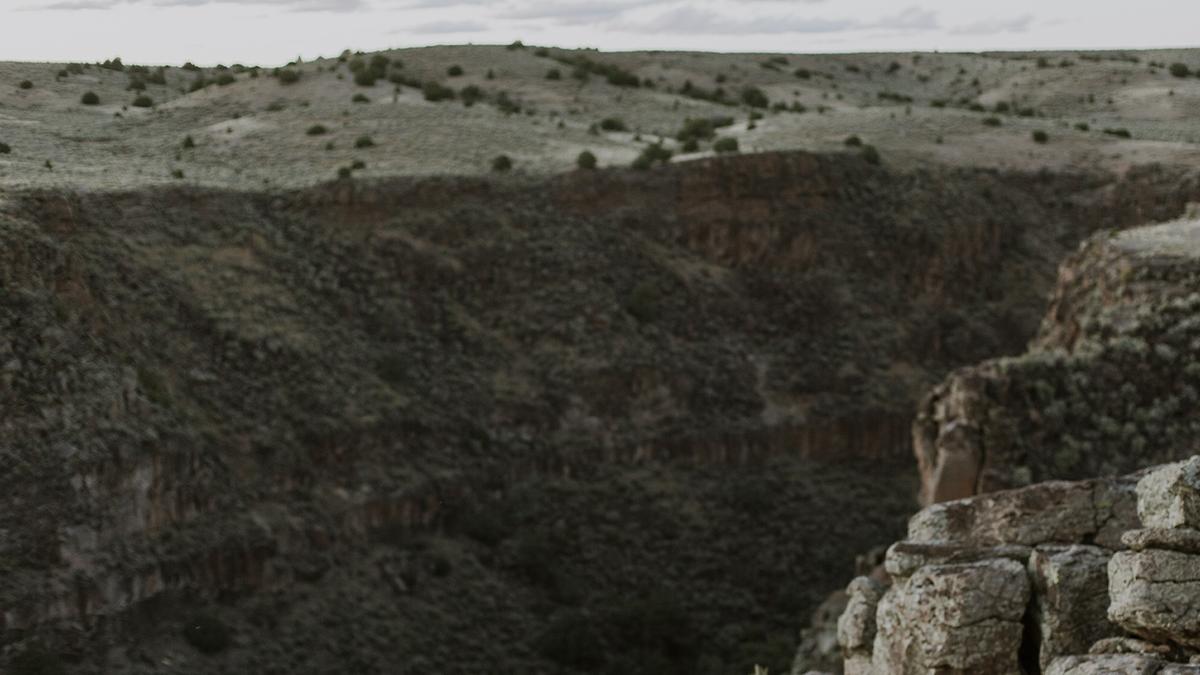July 24, 2020
Q&A with Derek Miodownik MARJ'21, Community and Restorative Justice Executive for the Vermont Department of Corrections, and online student in the Masters of Restorative Justice Program at VLS. (Note: Derek discussed his experience with us in the fall of 2019.)
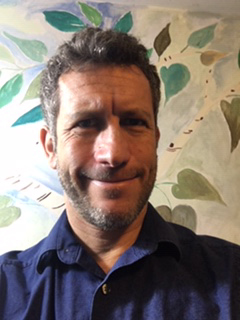
How have you seen restorative justice change in the 24 years you’ve been involved in the field?
For starters, the field has grown by leaps and bounds in the past 24 years. As a matter of fact, the term Restorative Justice was not even widely used in 1995 for many programs that would now likely come under that banner. The very fact that we’re having this conversation in the context of Vermont Law School’s Master in Restorative Justice (MARJ) program illustrates how quickly the field has evolved over a relatively short period of time. Such rapid growth is, on one hand, an encouraging indicator of public demand for a different quality of justice than what we’ve sadly come to expect from our systems and institutions. On the other hand, it ushers in new challenges and opportunities associated with the scaling up of any emerging field. Issues of practice standards, performance measures, cost, and replicability are several such considerations. On a foundational level, there is—and I imagine may always be—ongoing debate about what is and is not actually considered to be Restorative Justice (RJ). As the volume of this conversation naturally rises with increased voices and perspectives, so do the perceived stakes.
In addition to the scale of RJ, the scope of it has also widened. There are many examples of this, and I will highlight just a few. There is now a national conversation and exploration about the application of restorative justice approaches in situations involving Intimate Partner Violence (IPV). For many years, the prevailing view has understandably been that the power and control wielded by the abusive partner renders the survivor too exposed to present and/or future harm in the highly relational and less formally regulated processes generally characterized by restorative approaches. While these concerns certainly and rightly remain, there is also deep dissatisfaction with the experience many survivors have in court whereby they do not feel they had meaningful opportunities to have their voices heard and/or their individual needs met. As such, the criminal justice system’s primary emphasis on legal procedure over survivor responsiveness has led to an increased interest in examining and field-testing the potential crossroads between IPV and RJ.
Another example is the broader application of restorative justice principles and practices to a wide range of regulatory relationships. Insofar as we can hold a conceptualization of justice as being in a state of right relations, we can expand our notion of the justice space to go beyond the processes associated with and/or in lieu of the criminal justice system to see how any relationship is, in fact, the purview of justice. The actors in relationships have obligations to one another. When the State is one of those actors through its many institutions and services, it is often is serving a regulatory function, and its citizens are being regulated. Indeed, this is a core function of laws. How the State approaches this regulatory role often determines the degree of justice that people experience. The integration of restorative approaches into such frameworks is increasingly referred to as responsive regulation. Put another way, it is the opposite of what we generally think of as bureaucracy. It has tremendous potential to reinvigorate participatory democracy and public trust.
Lastly, I’ll mention one more implication of the widening scope of RJ about which I believe we need to be vigilant. As the number of RJ programs and applications expands, and so too the number of people who hopefully benefit from this approach, we need to look at the demographic story that the data is telling us to ensure that restorative justice is an equal opportunity intervention. I am concerned that it is not. While RJ can be used in lieu of and/or alongside the conventional justice process, it has the potential and demonstrated impact of mitigating the collateral consequences often associated with criminal conviction. This is a powerful if not life-changing effect given the severity of many such consequences. As such, it is incumbent upon all involved and invested in human rights to ensure that there are not systemic biases resulting in skewed referral patterns and disproportionately fewer opportunities for non-white individuals to avail themselves of the opportunity represented by restorative justice. This applies to the both those who have experienced harm and those responsible for causing it.
What initially attracted you to this field?
Attracted is a good word to describe what led me to the field. It wasn’t a thought-out plan or the product of any actual career planning on my part. I was recently out of college and looking for a job in NYC when I came upon a posting for an organization called Victim Services (now called Safe Horizons). They were hiring for a Trainer/Staff Developer position within a Peer Mediation program they operated call Project S.T.O.P. (Schools Teaching Options for Peace). The basic job was to work with public middle schools who had applied and been accepted to receive training and technical assistance in developing alternative dispute resolution processes whereby instead of having student sent to the principal’s office for disciplinary action, they would instead be referred to a mediation process conducted by other trained students. It just sounded very interesting to me, although I didn’t have a lot of formal (or at least professional) experience with dispute resolution at that point. However, I perceived some parallels between the principles of conflict resolution and improv theater, with which I had been involved. So I did some quick thinking and talking about this during my interview, and landed not only my first “real job” including in-depth mediation training, but the beginning of what would turn out to be a career centered on how we can effectively address harm and build community in the wake of it. Looking back, it was a fortunate intersection of instinct and opportunity that allowed me to spend my professional life to date in restorative justice, and I’m very grateful for that.
Why did you decide to enroll in the online MARJ program?
I view my life as a journey; one of continuous learning, growing, offering and receiving, both as an RJ professional and, more importantly, as a human. The questions that sit at the heart of restorative justice are ancient ones that are playing out in constantly evolving and critically important ways given the current forces at play (social, cultural, structural, economic, racial, geographical, political and many more) and the widely disparate ways they manifest in people’s opportunities for growth and connection. The MARJ program provides a vibrant physical and virtual community of thought, practice and reflection to grapple with these questions, and engage in individual and collective meaning-making at a time when we, as a species, desperately need new thinking, new feeling, and/or a (re)discovery of old ways of constituting ourselves and our shared society.
What has your experience of the program been like?
I started the program in September 2019 and just finished my first course online, Origins of Restorative Justice. I’ll be doing the bulk of my coursework online while also taking advantage of the some of the on campus alternative schedule courses that meet on a couple Friday afternoons and Saturdays. This flexibility is one of things I immediately appreciate about the structure of the MARJ program. VLS has set it up in a way that works for the students. They realize that for many students, such as myself, the only way we can realize our Masters dream is to fit it in with the many other preexisting features and commitments of our lives including work, family, and geography to name a few. So right off the bat, I feel like my needs as an adult learner are paramount in the program design. The expertise of the faculty is second to none. I know the work of many of the professors in the MARJ program, and these are established thought and practice leaders in the field of restorative justice. And the diversity of students I’ve engaged with so far has been an outstanding aspect of my experience. I spent the last 7 weeks in online dialogue with classmates bringing a wide range of perspectives, and hailing from a great smattering of locations including Alaska, Arizona, and Florida. I give the MARJ program very high marks in its Fall Term 1 with me!
What advice would you have for someone who is considering enrolling in MARJ online?
As my kids (all 4 of them) would say, “Send it.” In other words, if you’re considering whether or not to commit to the MARJ program, don’t overthink it, just start. It will meet you where you are at. I’m generally not one to reference famous proverbs (I’m too busy trying to make up my own), but in this case it seems too fitting to pass up: "A journey of a thousand miles begins with a single step" (Chapter 64 of the Tao Te Ching ascribed to Laozi). We have many thousands of miles to go to get justice where it needs to be—in everyone’s hands and hearts. So climb aboard partner, we need you.
How do you expect the things you’ve learned to inform your work with the Vermont Corrections System?
Good question, I think you saved the hardest one for last. I work for the Vermont Department of Corrections as Community and Restorative Justice Executive. In this capacity, I am responsible for a portfolio of statewide grants that provide the operating funds for 20 Community Justice Centers (CJC). These centers are hosted by either local non-profit organizations or municipalities, and they provide facilitated RJ responses using community volunteers across a continuum of harmful behaviors ranging from misdemeanor level offenses through reentry from incarceration for serious and/or violent felonies. My job includes supporting the development and efficacy of emerging program models such as Circles of Support and Accountability (COSA), in which Vermont has established itself as a national leader. This has been the result of an ongoing collaborative process between the CJCs and the Department of Corrections (DOC). In 2003, DOC awarded planning grants to CJCs to design their own responses to reentry based on restorative principals. The State had a clearly articulated set of restorative justice values and principles in which we were prepared to invest grant dollars, and we intentionally gave the community space to envision and then implement their own approaches. This ultimately resulted in the effective COSA practice we have here today. I am very proud of this work which, for me, is the direct product of intentional collaboration between state and community paired with rigorous curiosity. When you combine these factors in pursuit of a shared solution to a complex problem (such as post-incarcerative reintegration), you get transformative results. To be engaged in the MARJ program is to be constantly collaborating and curious. In many ways, the process is, in fact, the content. As such, I’d like to think my MARJ studies are making me an ever-more responsive and creative restorative justice professional and human. How exactly this will play out is the great mystery that tomorrow holds. Check back with me in a few years and I’ll let you know.
Thanks.
Derek



